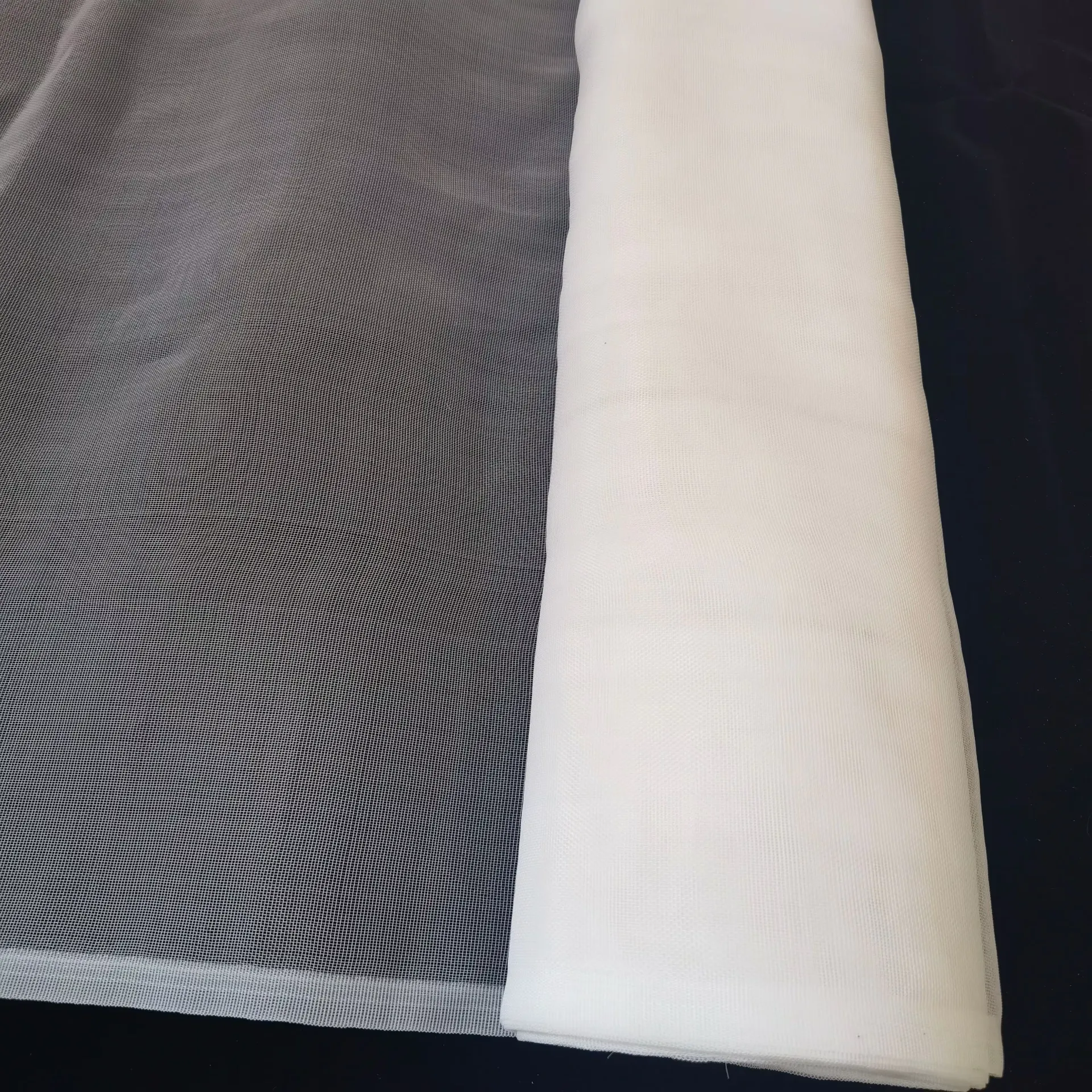-
 Afrikaans
Afrikaans -
 Albanian
Albanian -
 Amharic
Amharic -
 Arabic
Arabic -
 Armenian
Armenian -
 Azerbaijani
Azerbaijani -
 Basque
Basque -
 Belarusian
Belarusian -
 Bengali
Bengali -
 Bosnian
Bosnian -
 Bulgarian
Bulgarian -
 Catalan
Catalan -
 Cebuano
Cebuano -
 China
China -
 Corsican
Corsican -
 Croatian
Croatian -
 Czech
Czech -
 Danish
Danish -
 Dutch
Dutch -
 English
English -
 Esperanto
Esperanto -
 Estonian
Estonian -
 Finnish
Finnish -
 French
French -
 Frisian
Frisian -
 Galician
Galician -
 Georgian
Georgian -
 German
German -
 Greek
Greek -
 Gujarati
Gujarati -
 Haitian Creole
Haitian Creole -
 hausa
hausa -
 hawaiian
hawaiian -
 Hebrew
Hebrew -
 Hindi
Hindi -
 Miao
Miao -
 Hungarian
Hungarian -
 Icelandic
Icelandic -
 igbo
igbo -
 Indonesian
Indonesian -
 irish
irish -
 Italian
Italian -
 Japanese
Japanese -
 Javanese
Javanese -
 Kannada
Kannada -
 kazakh
kazakh -
 Khmer
Khmer -
 Rwandese
Rwandese -
 Korean
Korean -
 Kurdish
Kurdish -
 Kyrgyz
Kyrgyz -
 Lao
Lao -
 Latin
Latin -
 Latvian
Latvian -
 Lithuanian
Lithuanian -
 Luxembourgish
Luxembourgish -
 Macedonian
Macedonian -
 Malgashi
Malgashi -
 Malay
Malay -
 Malayalam
Malayalam -
 Maltese
Maltese -
 Maori
Maori -
 Marathi
Marathi -
 Mongolian
Mongolian -
 Myanmar
Myanmar -
 Nepali
Nepali -
 Norwegian
Norwegian -
 Norwegian
Norwegian -
 Occitan
Occitan -
 Pashto
Pashto -
 Persian
Persian -
 Polish
Polish -
 Portuguese
Portuguese -
 Punjabi
Punjabi -
 Romanian
Romanian -
 Russian
Russian -
 Samoan
Samoan -
 Scottish Gaelic
Scottish Gaelic -
 Serbian
Serbian -
 Sesotho
Sesotho -
 Shona
Shona -
 Sindhi
Sindhi -
 Sinhala
Sinhala -
 Slovak
Slovak -
 Slovenian
Slovenian -
 Somali
Somali -
 Spanish
Spanish -
 Sundanese
Sundanese -
 Swahili
Swahili -
 Swedish
Swedish -
 Tagalog
Tagalog -
 Tajik
Tajik -
 Tamil
Tamil -
 Tatar
Tatar -
 Telugu
Telugu -
 Thai
Thai -
 Turkish
Turkish -
 Turkmen
Turkmen -
 Ukrainian
Ukrainian -
 Urdu
Urdu -
 Uighur
Uighur -
 Uzbek
Uzbek -
 Vietnamese
Vietnamese -
 Welsh
Welsh -
 Bantu
Bantu -
 Yiddish
Yiddish -
 Yoruba
Yoruba -
 Zulu
Zulu
Rubber Coated Metal Mesh for Enhanced Durability and Versatile Applications
The Advantages and Applications of Rubber Coated Metal Mesh
In today’s world, where innovation and efficiency are key to various industries, the utilization of materials that enhance performance while ensuring safety is crucial. One such material that has gained traction in recent years is rubber-coated metal mesh. This unique composite combines the strength of metal mesh with the protective qualities of rubber, resulting in a product that is versatile, durable, and highly functional.
Composition and Characteristics
Rubber-coated metal mesh consists of a grid-like framework made from metal strands, typically steel or aluminum, which is then coated with a layer of rubber. The metal provides structural integrity and can withstand significant amounts of pressure and impact, making it ideal for various demanding environments. Meanwhile, the rubber coating offers a range of benefits, including increased traction, flexibility, and resistance to environmental factors such as moisture, chemicals, and temperature extremes.
The characteristics of rubber-coated metal mesh make it suitable for numerous applications across multiple industries. Its combination of durability and flexibility ensures that it can conform to different shapes and sizes, providing effective solutions in contexts where traditional materials may fail.
Applications in Various Industries
1. Construction and Architecture In construction, rubber-coated metal mesh is often used for safety barriers, protective screens, and reinforcement structures. Its strength makes it suitable for load-bearing applications, while the rubber coating helps absorb shocks and reduces the risk of injury from impacts.
2. Automotive The automotive industry employs rubber-coated metal mesh for various purposes, including as protective grilles and filters. The rubber layer helps reduce noise while protecting critical components from debris and other environmental factors, enhancing the longevity and performance of vehicles.
3. Agriculture In agriculture, this material finds use in equipment guarding, fencing, and crop protection. The rubber coating helps prevent corrosion caused by fertilizers and other chemicals, ensuring that the mesh remains functional even in harsh conditions.
rubber coated metal mesh

4. Manufacturing Manufacturing settings often require sturdy surfaces that can withstand heavy machinery and tools. Rubber-coated metal mesh serves as flooring, conveyor belt components, and safety screens, safeguarding workers and machinery alike.
5. Mining and Oil & Gas The extreme conditions of mining and oil extraction industries necessitate robust materials. Rubber-coated metal mesh is used for filtering, ventilation systems, and protective barriers, as its resistance to chemicals and physical stress makes it an ideal choice.
Benefits and Considerations
The integration of rubber into metal mesh offers numerous advantages. One of the most significant benefits is enhanced safety; the rubber coating provides a cushioning effect that minimizes the risk of injury. Additionally, the rubber layer offers excellent grip, making it suitable for surfaces that require traction, such as industrial floors or ramps.
Moreover, the use of rubber-coated metal mesh promotes longevity. The coating protects the metal from rust and wear, extending the lifespan of the structure significantly. This durability translates into cost savings for businesses in the long run, as fewer replacements and repairs are needed.
However, it is essential to consider that the effectiveness of rubber-coated metal mesh can depend on the specific rubber compound used. Different formulations can provide varying degrees of resistance to chemicals, heat, and wear, so it’s important for industries to select a product tailored to their particular needs.
Conclusion
Rubber-coated metal mesh presents a robust solution that meets the demands of various industries by balancing strength with flexibility and safety. As we continue to seek materials that can withstand the rigors of modern applications, the role of composites like rubber-coated metal mesh is only expected to grow. Its innovative design not only addresses immediate functional needs but also aligns with future demands for safety and sustainability in all realms of industry.
-
Shipping Plastic Bags for Every NeedNewsJul.24,2025
-
Safety Netting: Your Shield in ConstructionNewsJul.24,2025
-
Plastic Mesh Netting for Everyday UseNewsJul.24,2025
-
Nylon Netting for Every UseNewsJul.24,2025
-
Mesh Breeder Box for Fish TanksNewsJul.24,2025
-
Expanded Steel Mesh Offers Durable VersatilityNewsJul.24,2025











